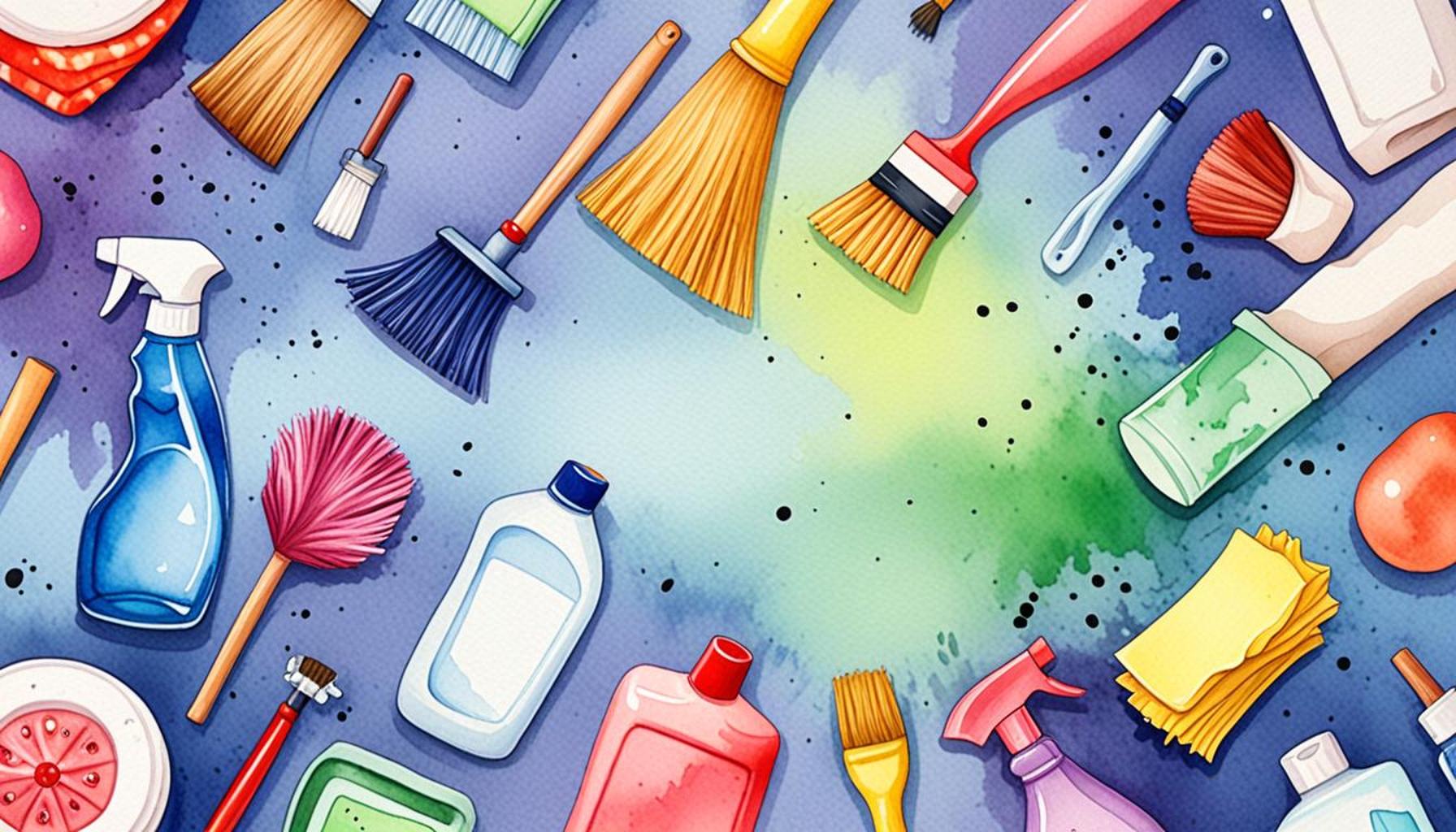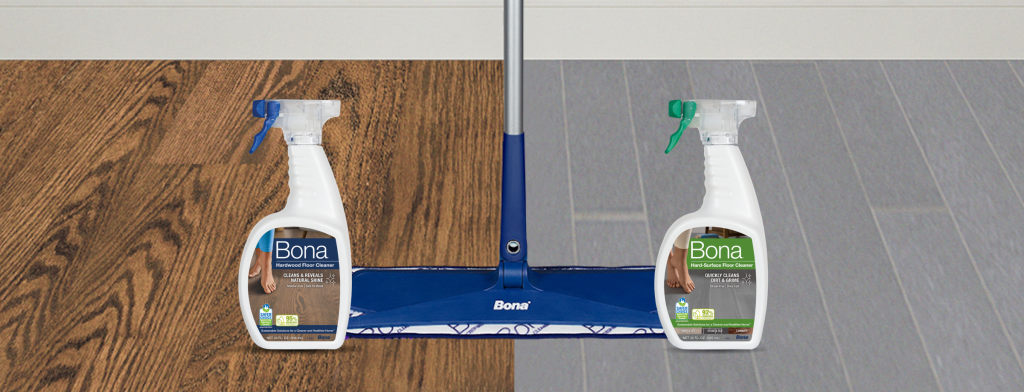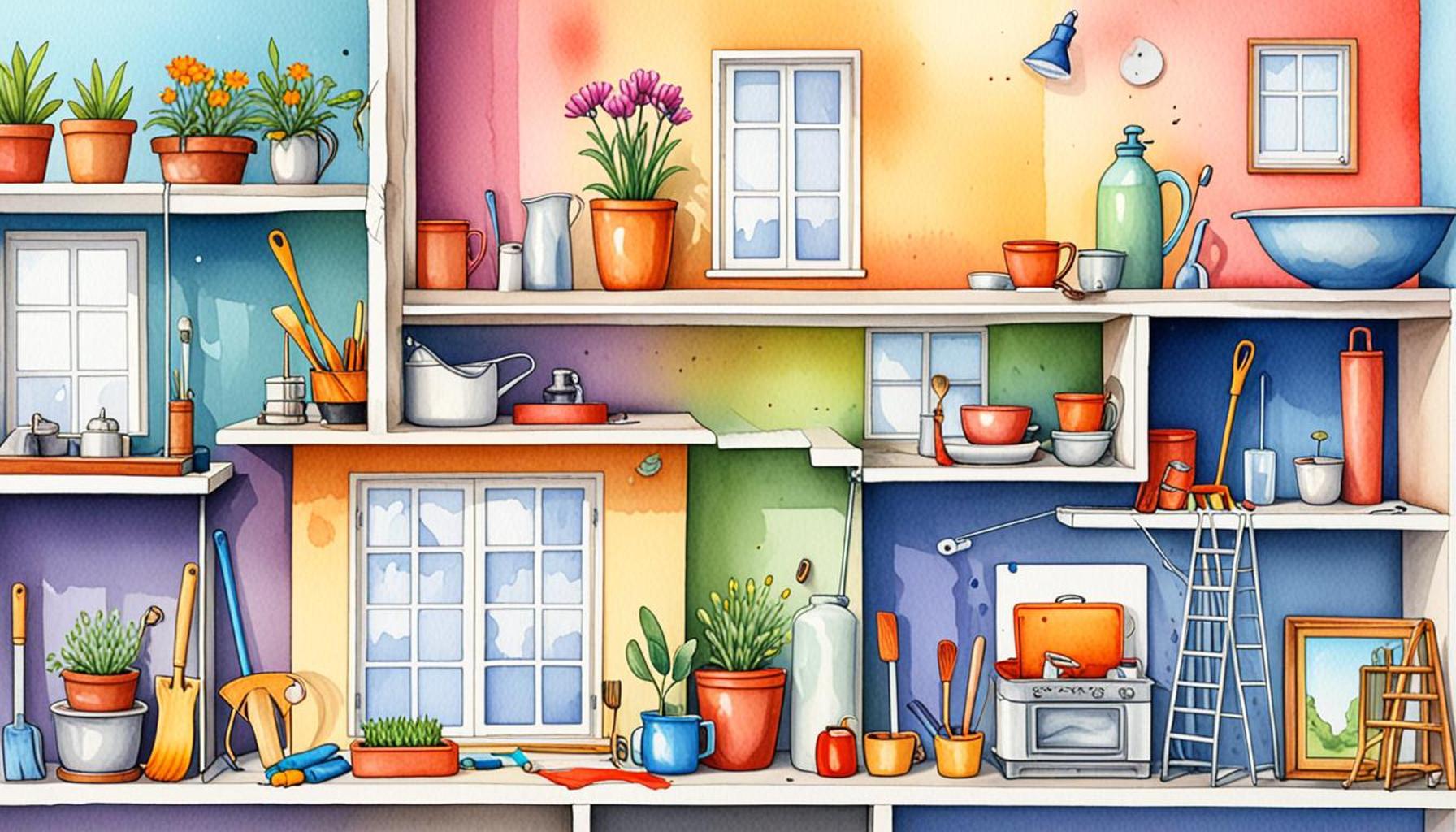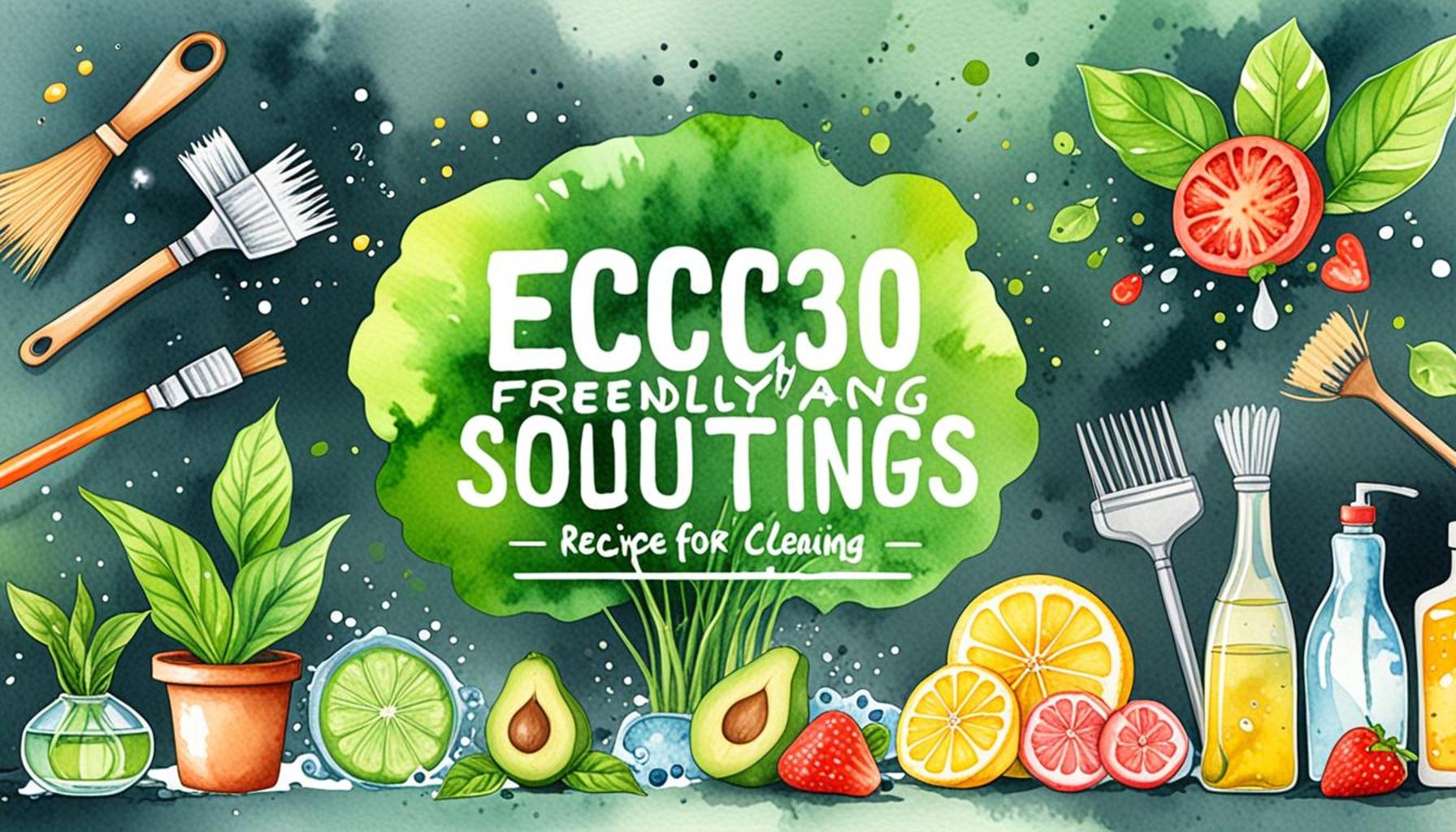Common Mistakes When Cleaning Different Types of Surfaces and How to Avoid Them

Cleaning Surface Essentials
Regular cleaning is essential for maintaining a healthy and appealing home. However, many people unknowingly make common mistakes when tackling various surfaces. Understanding these pitfalls can elevate your cleaning game and ensure that the beauty of your home remains intact.
What You Might Be Overlooking
- Using the Wrong Product: Different surfaces require specific cleaning products to avoid damage. For instance, using acidic cleaners on marble can etch the stone, while abrasive pads can scratch delicate finishes. Understanding the chemical composition of your cleaners is crucial. Always read labels and ensure the product is suitable for the material you are cleaning.
- Neglecting Manufacturer Instructions: Ignoring guidelines can lead to ineffective cleaning or worse, surface damage. For appliances, furniture, and even flooring, manufacturers often provide detailed care instructions. For example, many hardwood floors require special pH-balanced cleaners that won’t compromise their finish. Adhering to these recommendations can greatly extend the lifespan of your investments.
- Over-saturating: Excess moisture can harm surfaces like wood and electronics. When cleaning wood surfaces, too much water can seep into the finish, causing warping and discoloration. Similarly, liquid exposure can damage electronic devices. It’s essential to use a damp cloth rather than soaking the surface to ensure effective cleaning without the risk of damage.
By familiarizing yourself with these typical errors, you can enhance your cleaning techniques and maintain the integrity of your home. It’s not just about cleanliness; it’s about preserving your investment. An understanding of the right tools, products, and techniques can save time and costs associated with damage repair, thereby contributing to a more sustainable home environment.
Why It Matters
Understanding proper cleaning methods can help prolong the life of your surfaces. Each material—whether it be granite, stainless steel, or leather—has unique care requirements. Granite countertops, for instance, should be cleaned with pH-neutral cleaners to preserve their shine, while stainless steel may require specific polishes to avoid streaks. Being informed allows you to avoid costly mistakes that could lead to premature replacement or repairs.
Moreover, proper cleaning practices not only maintain aesthetics but also contribute to a healthier living space. Dust and allergens can accumulate on improperly cleaned surfaces, leading to potential health issues for you and your family. Regular maintenance coupled with appropriate cleaning techniques boosts both comfort and safety within the home.
Join us as we delve deeper into the world of effective cleaning and uncover innovative strategies to keep your surfaces spotless and well-maintained. Discover tips and tools that can revolutionize your approach to home care, allowing you to create a space that is not only beautiful but also welcoming and safe.

DISCOVER MORE: Click here to learn about mindful cleaning
A Deeper Look at Surface-Specific Cleaning Mistakes
As you navigate the complexities of maintaining a clean home, understanding the intricacies of different surfaces is key to avoiding common cleaning blunders. Each type of material, from wood to glass and everything in between, has specific needs that require tailored approaches. Let’s explore these various surfaces and their associated cleaning errors, along with effective strategies for doing it right.
Wood Surfaces: Gentle Care is Essential
Wood surfaces, including furniture and floors, are often prone to damage if not cleaned properly. A prevalent mistake is using too much water when wiping down these surfaces. Instead of a soaked cloth, employ a damp microfiber cloth to avoid excess moisture. Over-saturation can lead to warping and can degrade the wood finish over time. Additionally, using harsh cleaners like ammonia or bleach can strip the surface and lead to discoloration. Instead, opt for a pH-balanced cleaner that nourishes the wood and maintains its integrity.
Stone Countertops: Avoiding the Acidic Pitfall
When it comes to stone surfaces such as granite or marble, many people make the error of employing acidic cleaners. These can cause etching and dullness, drastically affecting the aesthetic of your countertops. The solution? Stick to neutral pH cleaners specifically formulated for natural stone. Furthermore, always use cutting boards to protect surfaces from scratches, and place trivets under hot cookware to prevent thermal shock.
Glass and Mirrors: The Streak-Removal Challenge
Cleaning glass and mirror surfaces can often be a frustrating endeavor, primarily due to streaks. One common mistake is using a cloth that leaves lint behind or applying cleaners directly onto the glass. To avoid this, use a dedicated glass cleaner and a lint-free microfiber cloth. An easy technique involves spraying the cleaner onto the cloth, not the surface, which minimizes the risk of drips and streaks. Additionally, cleaning glass on a cloudy day, rather than in direct sunlight, can help ensure optimal results as the sun can cause the cleaner to dry too quickly, leaving behind marks.
Upholstery and Fabrics: The Spot Cleaning Dilemma
For upholstered furniture and fabrics, quick cleaning might seem like the best approach to remove stains; however, using the wrong technique can lead to further damage. Rubbing a stain can push it deeper into fibers or spread it. Instead, use a blotting method—lightly dabbing the area with a clean cloth or sponge to soak up the stain without damaging the fabric. For persistent stains, consider testing any cleaning solution first on an inconspicuous area to ensure it doesn’t lead to discoloration.
By being mindful of these surface-specific common cleaning mistakes, you can elevate your cleaning routine and protect your possessions from unnecessary wear and tear. Choosing the right products and methods is not just about maintaining cleanliness; it’s about fostering a nurturing environment for your home. Stay tuned, as we uncover more surface types and share insightful strategies to prevent these blunders in your cleaning endeavors.
Common Mistakes When Cleaning Different Types of Surfaces and How to Avoid Them
When it comes to cleaning, various surfaces require specific techniques and products to ensure proper care and maintenance. Failing to adapt your cleaning methods can lead to damaging your surfaces or achieving less-than-desirable results. Below, we explore some common mistakes associated with cleaning different types of surfaces and how you can avoid them for effective maintenance.
1. Using Harsh Chemicals on Delicate Materials
One prevalent mistake is using harsh cleaning chemicals on delicate surfaces, such as marble or wood. Strong acids or abrasive cleaners can cause irreversible damage, dulling finishes, or etching surfaces. It’s crucial to choose gentle, pH-balanced cleaners that are specifically formulated for these materials. Always test a small, inconspicuous area first before proceeding with a full cleaning.
2. Neglecting the Importance of Drying
Failing to adequately dry surfaces after cleaning can promote mold growth and compromise hygiene. This is especially critical for areas like kitchens and bathrooms. Ensure that surfaces, particularly those made of granite or tile, are thoroughly dried post-cleaning with a soft towel or cloth. This practice not only enhances the cleanliness but also maintains the surface’s integrity.
3. Mismatched Tools for the Job
Using the wrong cleaning tools can lead to scratches and ineffective cleaning. For example, using metal scouring pads on non-stick cookware can ruin the coating. Instead, opt for microfiber cloths, soft sponges, or brushes designed for specific surfaces. Assessing the appropriate tools and their correct use can drastically improve your cleaning routine.
4. Rushing the Cleaning Process
Many people rush through cleaning tasks, which can lead to mistakes or overlooked areas. Taking the time to clean thoroughly ensures that dirt and grime are effectively removed, prolonging the life of your surfaces. Develop a systematic approach to cleaning, focusing on one area at a time to achieve the best results and prevent damage.Understanding these common mistakes is essential to maintaining the beauty and longevity of your surfaces. By employing the right techniques and tools, you can significantly enhance your cleaning effectiveness while protecting your investments in your home or office space. The following table encapsulates essential advantages of proper cleaning methods for various surface types.
| Category | Benefits |
|---|---|
| Cleaning Products | Choosing the right products minimizes risk of damage and enhances effectiveness. |
| Surface Types | Each surface type requires specific care ensuring longevity and aesthetic appeal. |
By focusing on these aspects of cleaning, you can significantly reduce common errors and maintain your surfaces in prime condition.
DON’T MISS: Click here to discover seasonal cleaning tips
More Common Cleaning Mistakes to Avoid for a Pristine Home
As we continue our journey through the various surfaces in your home, we unveil further missteps that can impede your cleaning success. Recognizing not only the specific characteristics of each surface but also the mistakes associated with them can help you maintain an immaculate living space while prolonging the life of your possessions.
Tile and Grout: The Scrubbing Conundrum
Tile surfaces, especially in bathrooms and kitchens, often accumulate grime and dirt, leading many to adopt an aggressive scrubbing approach. However, one of the most common errors is using coarse brushes or abrasive cleaners that can scratch the tile. Instead, utilize soft bristle brushes paired with a gentle cleaning solution designed for tile. When it comes to grout, which is more porous and susceptible to stains, applying too much water can cause it to become discolored over time. Using a spray bottle to apply cleaner allows for precise application without oversaturating.
Stainless Steel: The Fingerprint Struggle
Stainless steel appliances and fixtures are admired for their modern look but can be a challenge to keep spotless. A frequent mistake is utilizing gritty cleaners or scrub pads that can scratch the surface. Furthermore, traditional glass cleaners, while effective on glass, can leave residue on stainless steel, attracting fingerprints and smudges. To tackle this, choose non-abrasive cleaners made for stainless steel and wipe in the direction of the grain. For an added sheen, a small amount of mineral oil on a microfiber cloth can work wonders.
Plastic Surfaces: Ignoring the Lifespan
Plastic surfaces are ubiquitous in homes, often found on furniture, kitchenware, and storage containers. A common oversight when cleaning these surfaces is using overly harsh chemicals like bleach, which can cause fading and deterioration over time. Instead, opt for a mild detergent followed by a soft cloth for wiping away grime. In addition, consider the impact of hot water. Many people are unaware that hot water can warp certain plastics, so using room temperature water is generally a better choice.
Flooring Types: One Size Does Not Fit All
The array of flooring types in a home—from vinyl and laminate to carpet—presents an opportunity for several mistakes to occur. A critical error made by many is the use of the wrong cleaning equipment. For instance, using a vacuum with a beater bar on delicate rugs can lead to fraying, while steam cleaning hardwood floors can cause irreversible damage. Instead, ensure that you are using the appropriate cleaners and methods designated for each flooring type. For carpets, for example, a light vacuuming routine coupled with deep cleaning every six months can keep them looking fresh and vibrant.
Additionally, when tackling outdoor surfaces such as patios or decks, homeowners often overlook the need for gentle yet effective cleaning techniques. Using pressure washers without understanding the material can lead to damage. Instead, consider using a soft-bristle brush and a mild detergent, particularly for wooden decks, where the risk of splintering or excessive wear is high.
Being aware of these surface-specific common cleaning mistakes is crucial for maintaining the aesthetics and functionality of your home’s various materials. By implementing these tailored cleaning strategies, you can enhance your cleaning routine and ensure a healthy environment. As we delve deeper into your home’s maintenance, let’s continue to explore more surfaces and the best practices to care for them effectively.
DISCOVER MORE: Click here to enhance your cleaning routine
Conclusion: Elevate Your Cleaning Game
In conclusion, understanding the nuances of cleaning various surfaces is integral to achieving a spotless and well-maintained home. The common mistakes outlined in this article serve as a valuable guide for homeowners seeking to refine their cleaning techniques. By avoiding abrasive tools on tile, being cautious with stainless steel, and choosing the right cleaners for plastic surfaces, you can significantly enhance the longevity and appearance of your possessions.
Additionally, recognizing that not all floor types require the same cleaning approach is crucial. Tailoring your cleaning routine to the specific needs of materials, whether it’s employing the correct equipment for carpets or using gentle methods for outdoor decks, can prevent damage and ensure lasting results.
Moreover, staying informed about the right cleaning products and methods will create a healthier environment and promote the overall aesthetics of your living space. As you move forward, consider researching best practices for any new surfaces or materials that enter your home, empowering yourself with knowledge that will pay dividends in cleanliness and upkeep.
Ultimately, by being proactive and making informed choices, you can avoid common cleaning pitfalls and enjoy a pristine and inviting space. Embrace these insights, and let each cleaning session become an opportunity to elevate your home maintenance skills.


